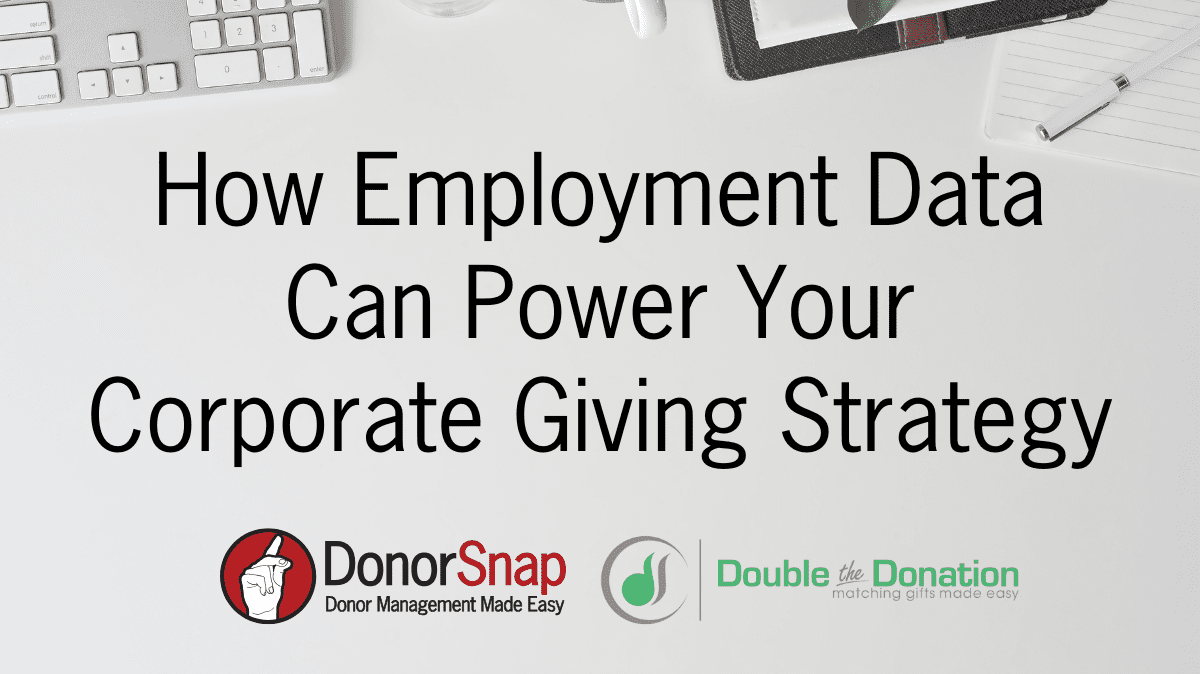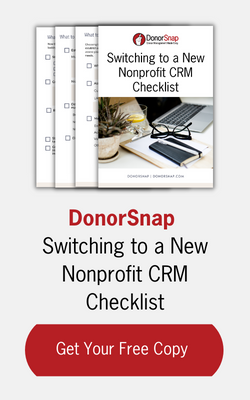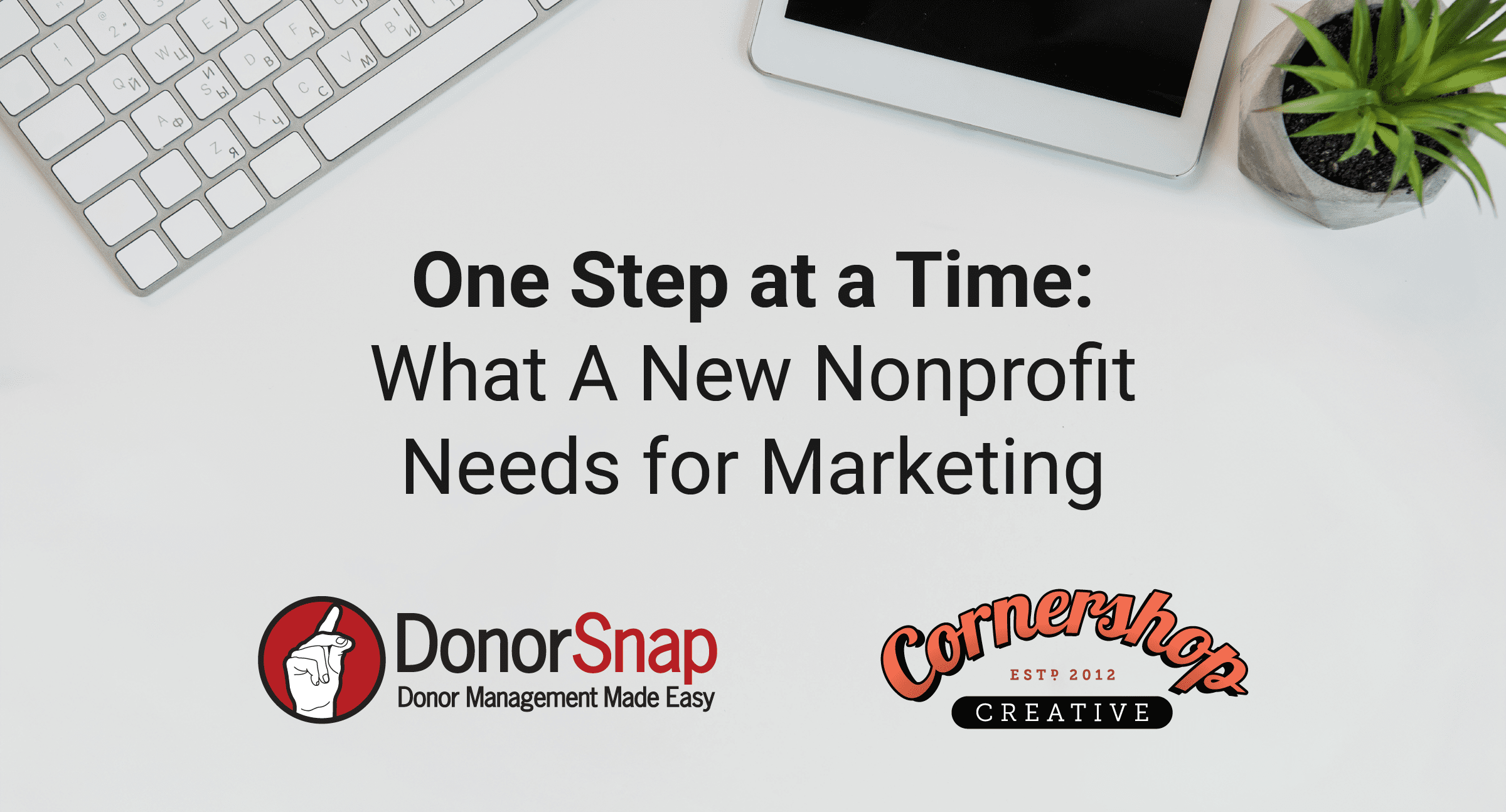Guest Post from Double the Donation
In today’s hyper-connected world, data is the fuel that drives smart decisions, and employment data is one of the most underutilized resources in nonprofit fundraising. While many organizations focus on donor demographics, giving history, or volunteer engagement, few are fully leveraging employment data to uncover untapped corporate giving opportunities.
But here’s the truth: Knowing where your supporters work can be a game-changer. With the right insights, nonprofits can tap into workplace giving programs, secure matching gifts, and build stronger relationships with corporate partners.
Whether you’re a small nonprofit or a large institution, this blog post will show you how to use employment data to supercharge your corporate giving strategy and why it could be the key to unlocking significant, sustainable funding. We’ll cover:
- Why Employment Data Matters for Nonprofits
- How to Collect Employment Data Effectively
- Putting Employment Data to Work in Your Fundraising
Before diving into the strategies and tools that make this possible, let’s start by understanding why employment data is such a critical piece of the puzzle.
Why Employment Data Matters for Nonprofits
Employment data tells you more than just where someone works; it connects you to entire ecosystems of giving potential. After all, corporate philanthropy programs are often driven by employee engagement in matching gifts, volunteer grants, and more.
In other words, knowing your donors’ employers helps you:
- Identify matching gift and volunteer grant eligibility
- Discover and target payroll giving-eligible supporters
- Segment and tailor outreach for workplace giving campaigns
- Unlock potential corporate sponsorship opportunities
- Strengthen your case when approaching businesses for support
According to corporate giving statistics, an estimated $4-$7 billion in matching gift funds alone go unclaimed each year. Much of this is due to a lack of awareness, both from donors and the nonprofits they support. When you know where your supporters work, you can close this gap and begin reclaiming your portion of that figure—not to mention broader workplace and corporate giving potential.
How to Collect Employment Data Effectively
Collecting employment data from supporters can be quick and easy; it just takes intention in your strategy. By embedding various data collection points into your existing engagement tools, you can begin building a valuable database that’s chock-full of employment insights.
Here are several proven methods for gaining this information:
- Donation Forms
Include an optional “Employer Name” field in your online donation form. To increase response rates, explain why you’re asking, such as, “Many companies offer matching gift programs that can double or triple your donation.” You can even put an actionable reminder on your confirmation screen, too! - Volunteer Registration Forms
Volunteers are often engaged community members and great candidates for corporate giving programs like volunteer grants and volunteer time off. Add a similar field to your volunteer forms when an individual registers or signs up for a shift. - Event Registrations
If you host galas, fun runs, or other events, add a field asking attendees where they work. Event-driven supporters often have strong networks and influence within their workplaces. - Email Campaigns & Surveys
Periodically send a short survey asking supporters to update their employer info, or send a follow-up after they give.
From there, you might choose to conduct an employer append to help fill in any remaining gaps in your donor base. In that case, you would partner with a data enrichment service to match existing donor records with employer information and actionable workplace giving insights to continue growing your support.
Putting Employment Data to Work in Your Fundraising
Once you have employer information ready in your donor profiles, the real magic begins. Here’s how to turn that data into action:
Identify Corporate Matching Gift Opportunities
Matching gift programs allow employees to request a donation match from their employer, effectively doubling the impact of their contribution. With employment data, you can:
- Proactively alert donors to their eligibility
- Include matching gift instructions in donation receipts
- Prioritize follow-up emails for match-eligible donors
Here’s an example: If you know a donor works for Microsoft, you can send a personalized email: “Did you know Microsoft will match your recent gift to [Nonprofit] dollar-for-dollar? Here’s how to submit your match request.”
Uncover Volunteer Grant Programs
Similarly, volunteer grant programs allow employees to earn donations for the nonprofits they volunteer with—simply by logging their volunteer hours with their employer. With accurate employment data, your organization can tap into this overlooked funding stream by:
- Proactively informing volunteers about their eligibility for volunteer grants
- Including instructions for claiming volunteer grants in follow-up messages after service events
- Segmenting and prioritizing outreach to volunteers from companies known to offer generous grant amounts
For example, if you know a volunteer works for Salesforce, you can send a tailored message: “Thank you for volunteering your time with [Nonprofit]! Salesforce offers volunteer grants for nonprofits based on your service hours. Here’s how to request a grant that supports the cause you care about!”
Target Workplace Giving Campaigns
Workplace giving campaigns, like payroll deduction programs or seasonal corporate fundraisers, are easier to tap into when you know who to approach. Reach out to employees and HR teams with tailored materials that highlight shared values and giving opportunities.
Cultivate New Corporate Partnerships
Noticing several donors or volunteers from the same company? That’s more than a coincidence; it’s an opportunity. A concentration of employee engagement often indicates shared values between your nonprofit and the company’s culture or CSR priorities.
Leverage this insight by reaching out with a tailored proposal. Start by connecting with the engaged employees to learn more about their company’s philanthropic efforts. Then, pitch a partnership that highlights your existing relationship, such as sponsorship opportunities, employee volunteer days, or custom matching gift campaigns.
When you can show that their employees already support your mission, it strengthens your case and increases the likelihood of a lasting, mutually beneficial partnership.
Final Thoughts: Turning Data Into Donations
The path to stronger corporate giving isn’t paved solely with cold calls or sponsorship pitches. It’s built on data: specifically, knowing where your supporters work and using that information to forge meaningful connections with the companies they represent.
Now is the time to stop leaving corporate dollars on the table. Start with the data you already have, enrich it with thoughtful collection methods, and build a giving strategy that’s powered by insight.




